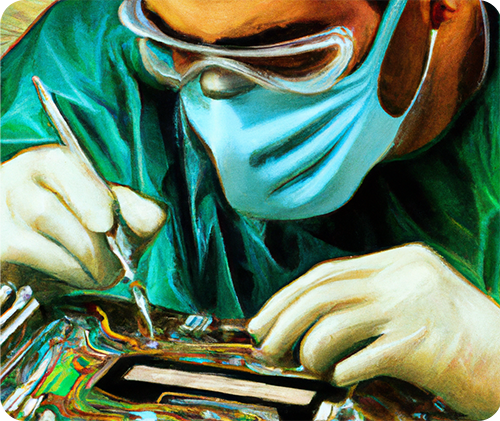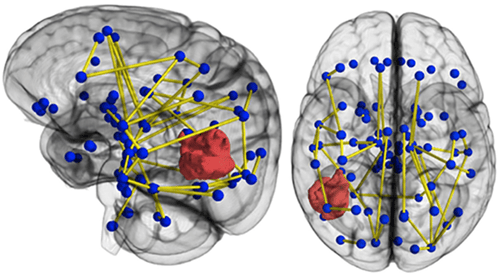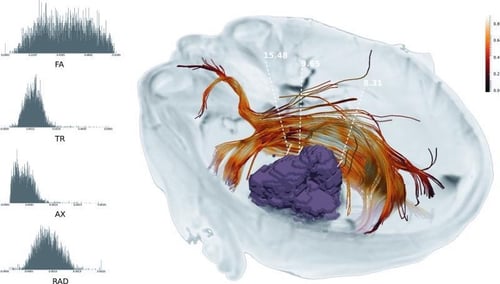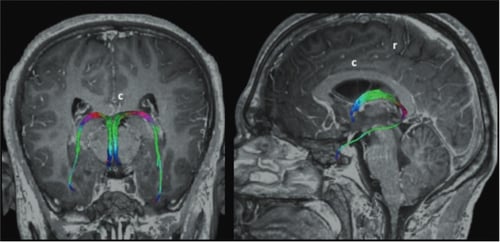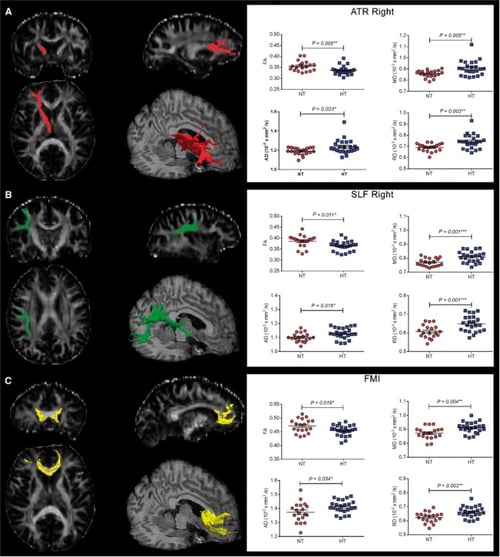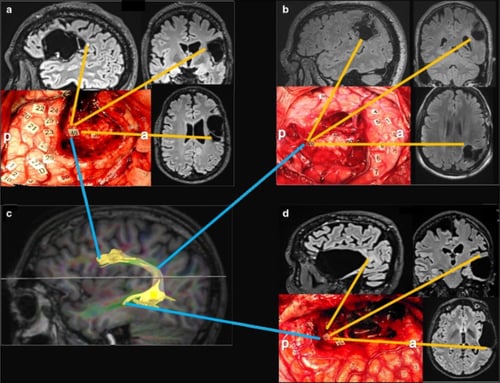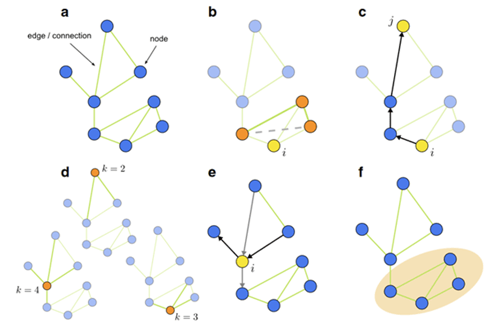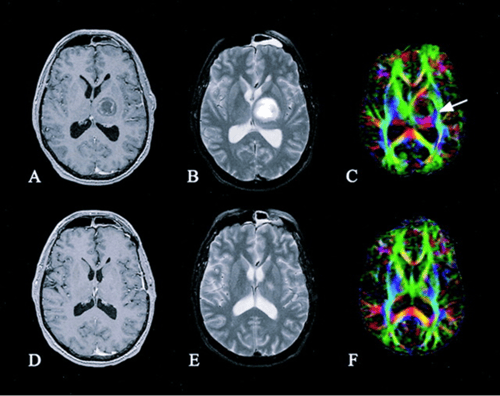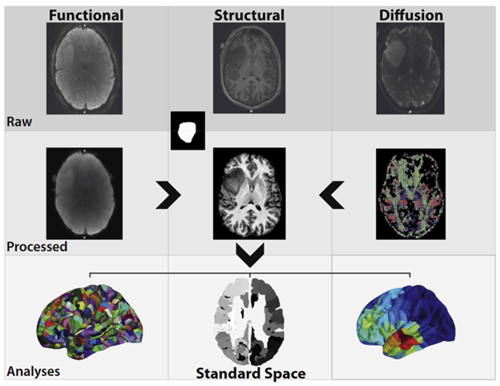Authors: C. Wu, F. Ferreira, M. Fox, N. Harel, J. Hattangadi-Gluth, A. Horn, S. Jbabdi, J. Kahan, A. Oswal, S. A. Sheth, Y. Tie, V. Vakharia, L. Zrinzo, H. Akram
Publication date: 10/11/2021
Keywords: Clinical applications, connectome, connectomics, functional connectivity, structural connectivity, tractography
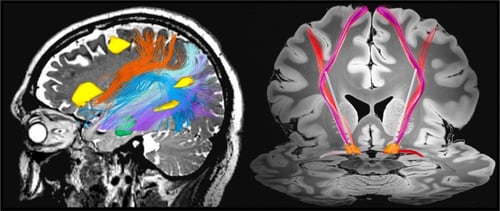
Both structural and functional connectivity analyses have already enhanced our understanding and treatment of several disorders, but they must contend with the variability induced by branching methodologies and human error, and the time required to process large volumes of brain imaging data.
However, novel techniques such as automated machine-learning algorithms are ready to address some of these concerns. By pointing readers to these available solutions, Wu and colleagues review the clinical viability and use cases of connectivity analyses, providing the tactics to confidently put connectivity into practice.

